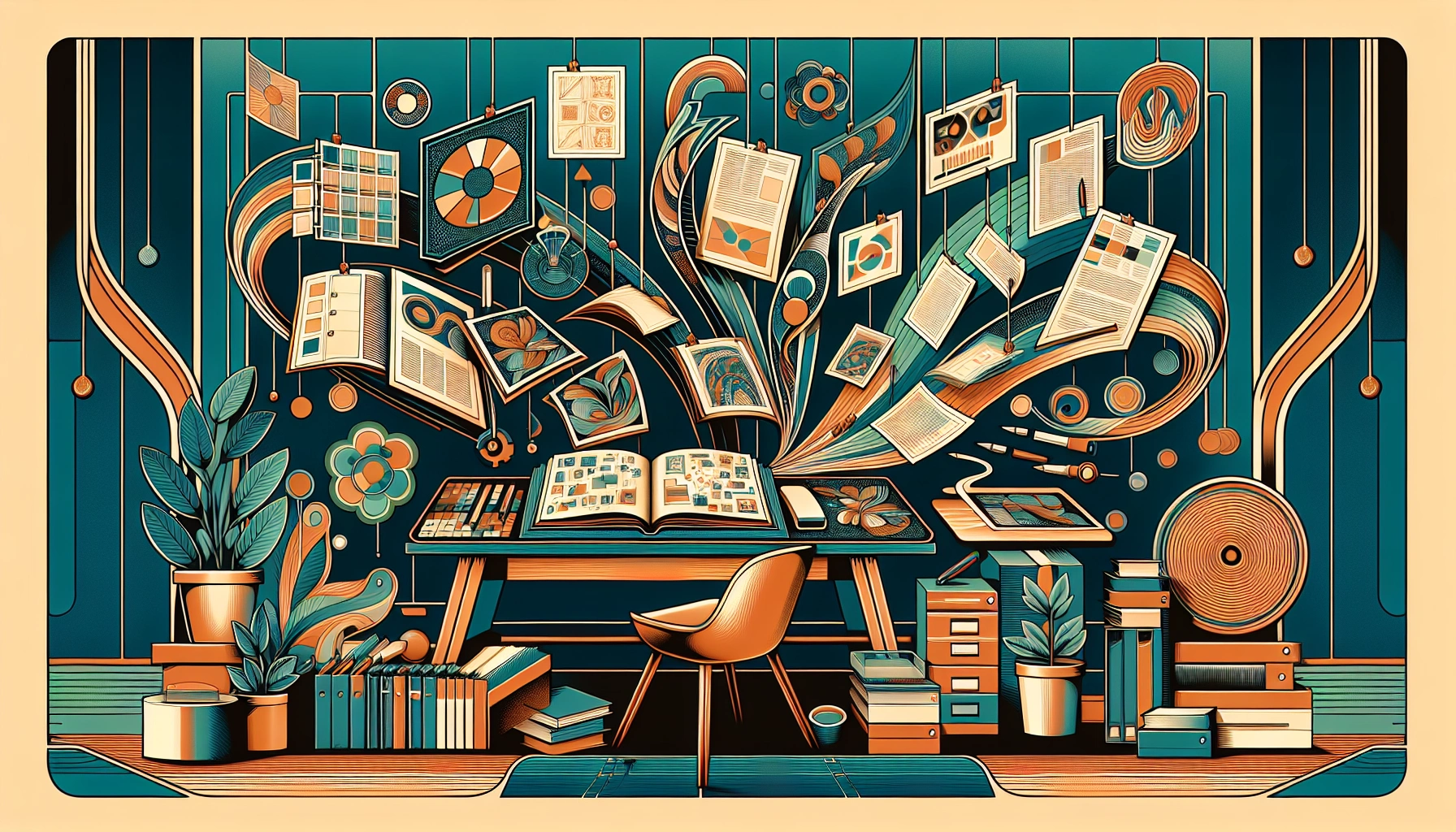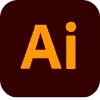Graphic Designer Portfolios: What Really Matters Beyond Aesthetics

Graphic Designer Portfolios: What Really Matters Beyond Aesthetics
Why Portfolios Are More Than Pretty Pictures
1. Clear Goals
2. Visual Storytelling
3. Tangible Outcomes
Breaking Down Essential Elements
1. Brand Consistency
2. Usability Focus
3. Adaptability
The Power of Process and Transparency
1. Phase-by-Phase Previews
2. Client Collaboration
3. Ethical Touches
Proving Value to Clients and Hiring Teams
1. Project Highlights
2. Feedback and Testimonials
3. Efficiency Under Constraints
Shaping Your Signature Style
1. Balancing Innovation and Clarity
2. Personal Brand Elements
3. Audience Alignment
FAQs About Graphic Designer Portfolios
What if I work in multiple design niches?
Should I prioritize client testimonials or data metrics?
Can I maintain a consistent style and still be flexible for different clients?
Where Style And Substance Connect
Graphic Designer Portfolios: What Really Matters Beyond Aesthetics
Why Portfolios Are More Than Pretty Pictures
1. Clear Goals
2. Visual Storytelling
3. Tangible Outcomes
Breaking Down Essential Elements
1. Brand Consistency
“If your portfolio looks like it was designed by five different people, they’ll wonder who they’re hiring.”
2. Usability Focus
3. Adaptability
The Power of Process and Transparency
1. Phase-by-Phase Previews
2. Client Collaboration
3. Ethical Touches
Proving Value to Clients and Hiring Teams
1. Project Highlights
“Make the problem visible. Otherwise, it just looks like you like gradients.”
2. Feedback and Testimonials
3. Efficiency Under Constraints
“Constraints aren’t the problem. How you respond to them is the portfolio.”
Shaping Your Signature Style
1. Balancing Innovation and Clarity
2. Personal Brand Elements
3. Audience Alignment
FAQs About Graphic Designer Portfolios
What if I work in multiple design niches?
“If your portfolio feels like five people made it, it’s probably not saying what you think it is.”
Should I prioritize client testimonials or data metrics?
Can I maintain a consistent style and still be flexible for different clients?
“Your voice is in how you think, not just how you decorate.”
Where Style And Substance Connect
“It’s not the font choice—they’re trying to see how you made decisions under pressure.”
“This portfolio was built using Webflow, optimized for mobile, and audited for contrast accessibility.”
“A good portfolio looks great. A strong one explains why it had to.”
Posted Apr 14, 2025
Graphic Designer Portfolios: What Really Matters Beyond Aesthetics—showcase process, outcomes, and strategy to stand out beyond visual appeal.









